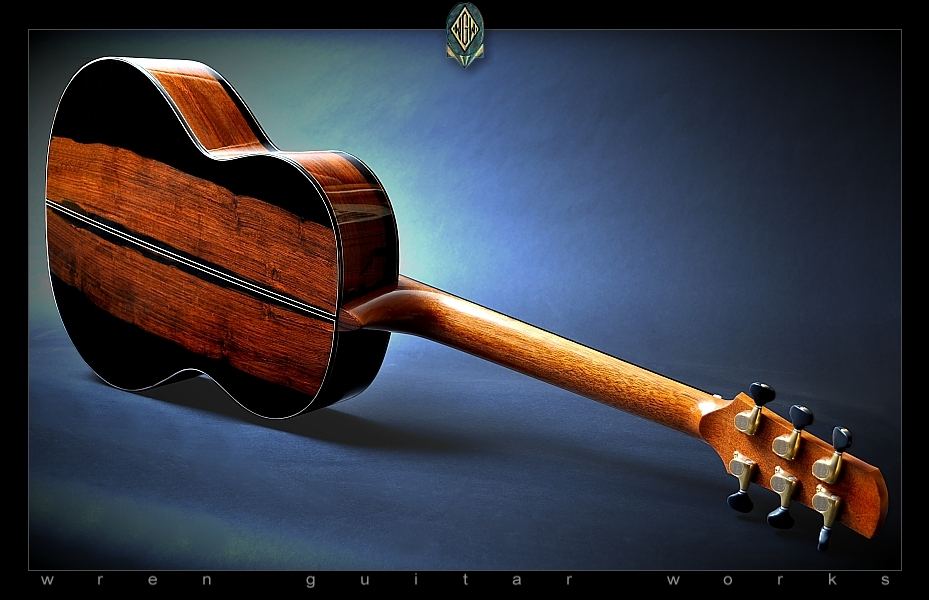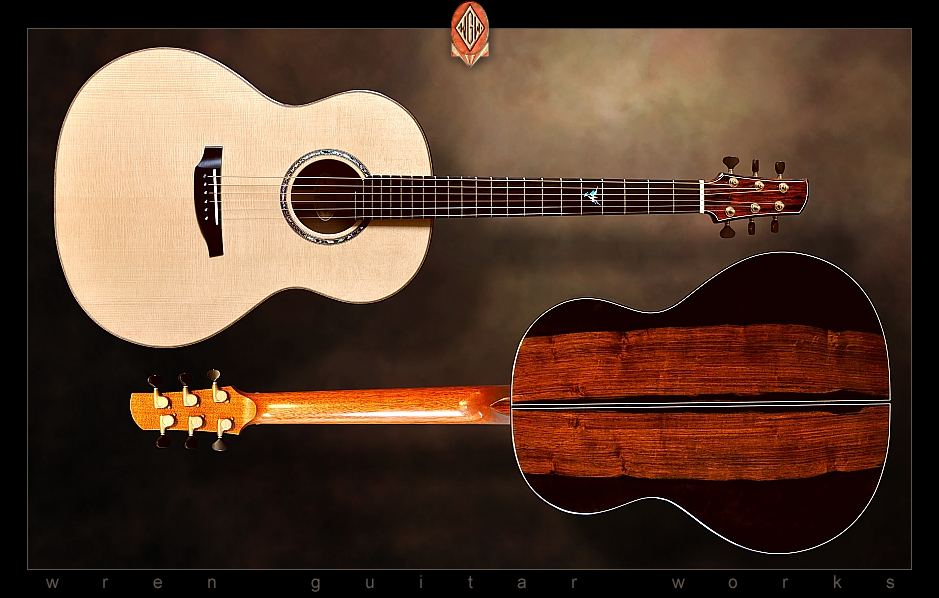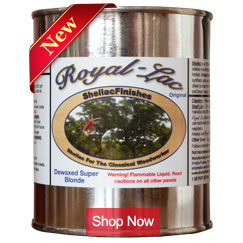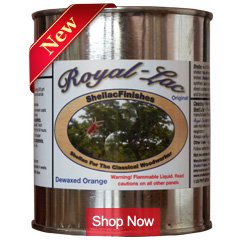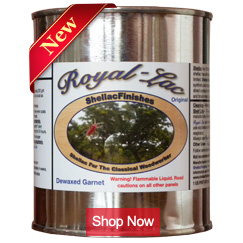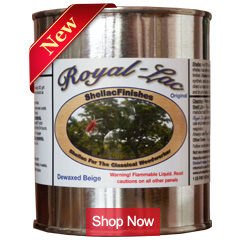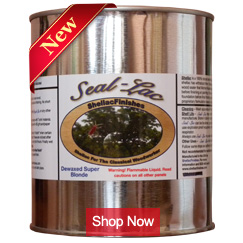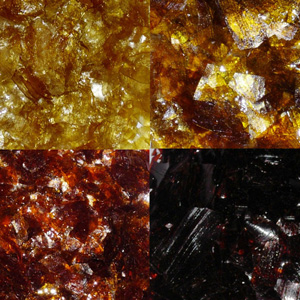Blog
January 16, 2015
For quite a few months now, I have been working with Tim McKnight. Tim is a accomplished luthier and has been in the business for over 35 years. You can see some wonderful works of his at his website; http://www.mcknightguitars.com/
Tim has been using pre or post catalyzed lacquer and Urethane to name a few for finishing his guitars. Well, it came as surprise to me, when one day I received a email from him asking about Royal-Lac. I was excited and eager but knew that pleasing a customer like Tim would not be easy. Even though I know that Royal-Lac can be sprayed which is what Tim would do, I also knew that not all spray equipment are built alike and hence a lot of tweaking had to be done to arrive to a effective schedule. Thanks to Tim’s patience and relentlessly tries, he was able to spray, I believe two guitars successfully. It was a learning curve for both of us that ultimately turned out extremely well. In Tim’s own words from one of his emails;
“The surface is brilliant, the highest gloss that I have ever seen in any finish. The clarity is like none other. I am a happy camper once again!
The overall WIP (Work In Process) time will be longer with this finish than any cat finishes but I think the wait is worth it. If you have a rush project and an antsy customer this product may not be the best choice but if you have the time then RL may be worth considering. I like the health benefits of RL because my health will not let me shoot nitro any longer. The off gassing fumes of RL are not unpleasant at all. It actually smells good for what little smelling sense I have left ;(“
His comment about the WIP time being longer is absolutely true and I have taken that very seriously. So, presently I am working on a new formulation that will mimic catalyzed lacquers in terms of drying, curing etc.. I am in the process of running some FTIR tests on a formulation that will tell me how well and fast the crosslinking is taking place. So far the results are very encouraging. So stay tuned……
Here are some photographs of Tim’s guitar with a Royal-Lac finish. A feast for your eyes….
Tim wrote: “This was the most difficult guitar I have ever photographed due to the high gloss RL finish. I am attaching a few pictures that show the reflection in the finish more than they show the beauty in the wood.”
The back and sides are Ziricote, the top is Adirondack Spruce, bindings are Macaassar Ebony, fingerboard, bridge and peghead are Indian Ebony.
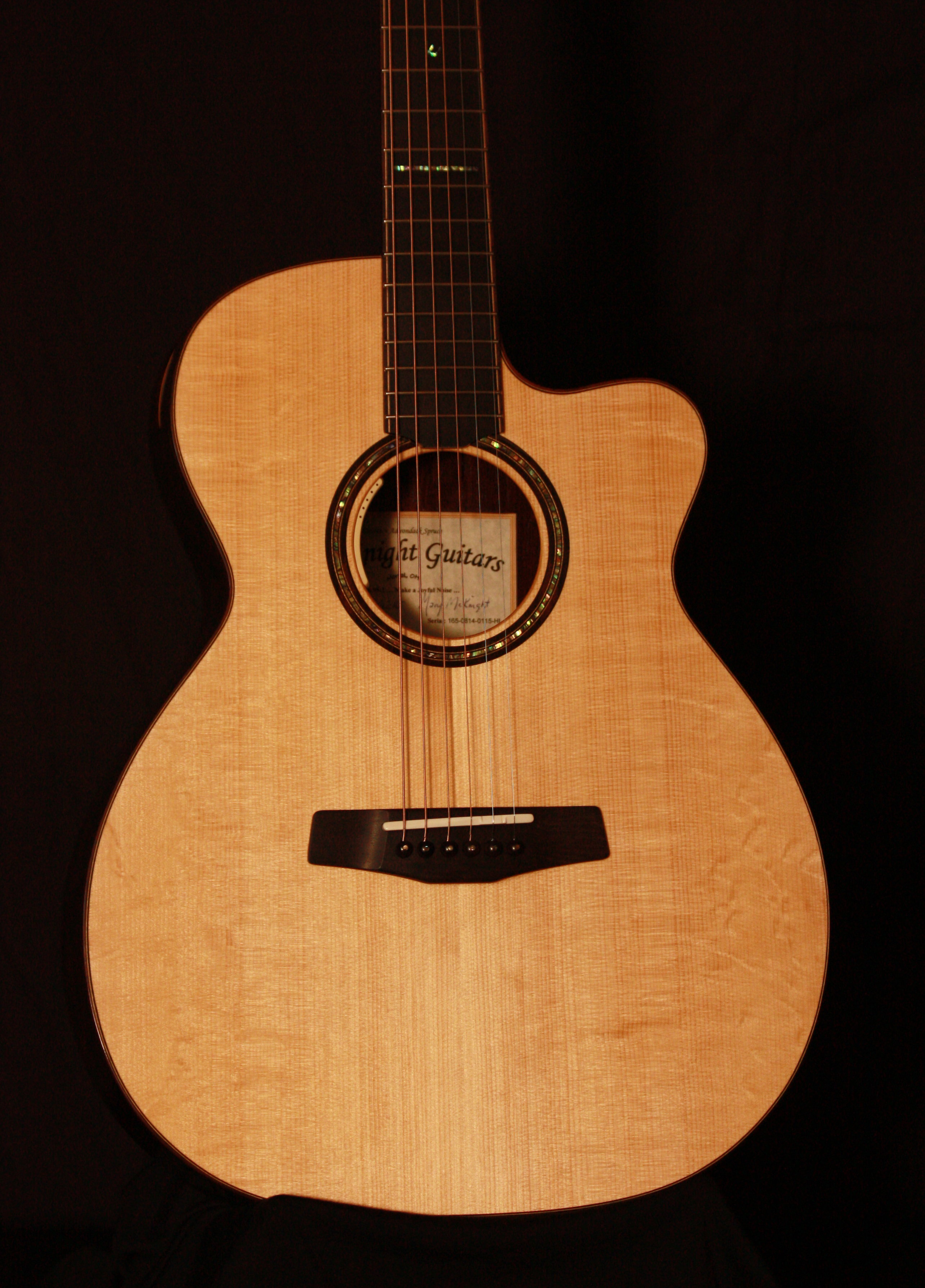
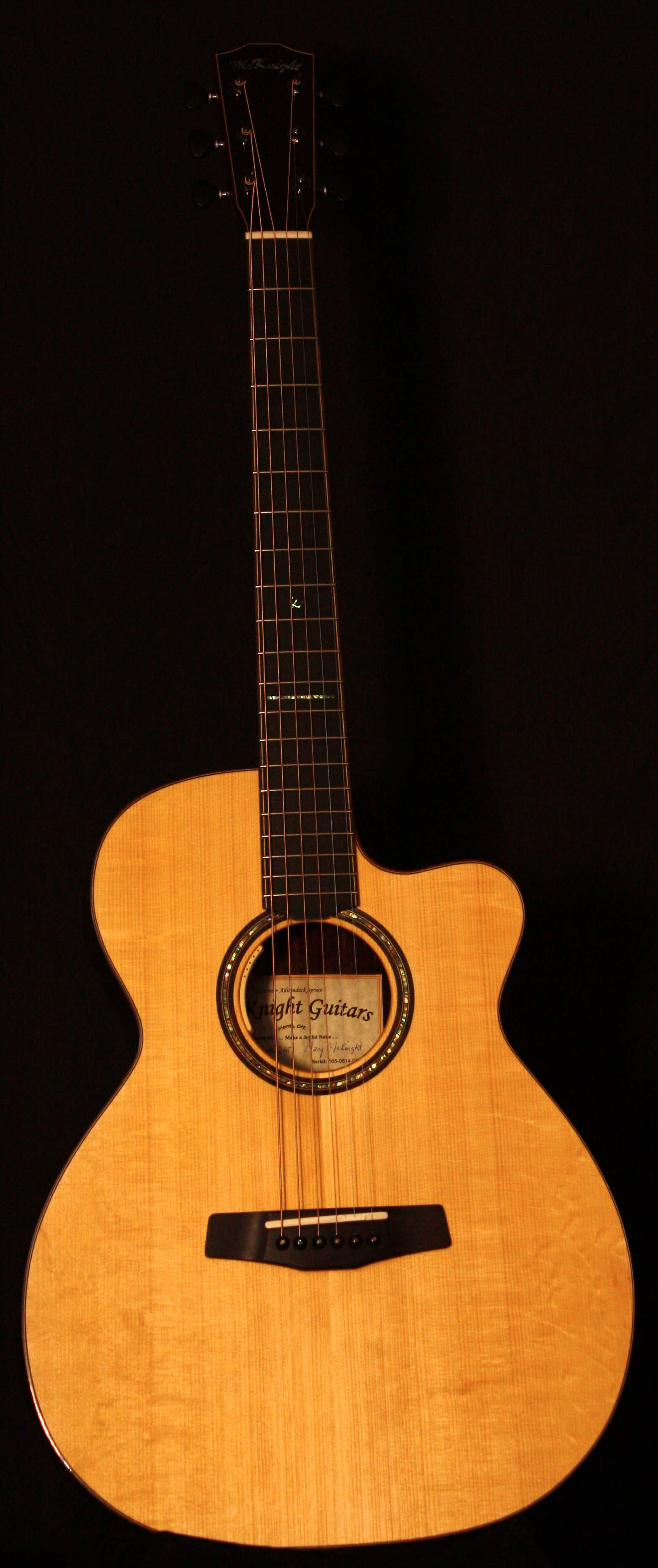
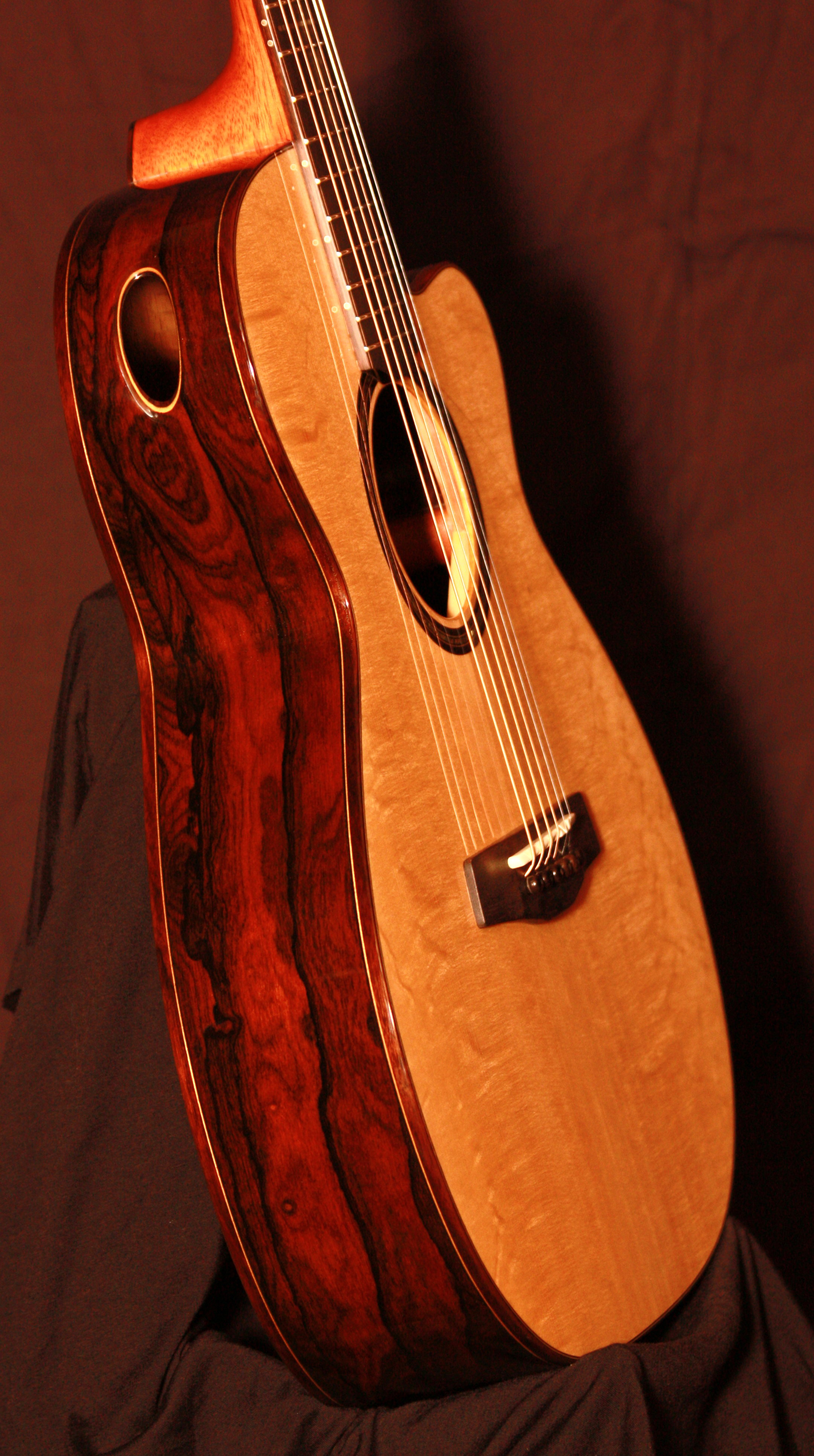
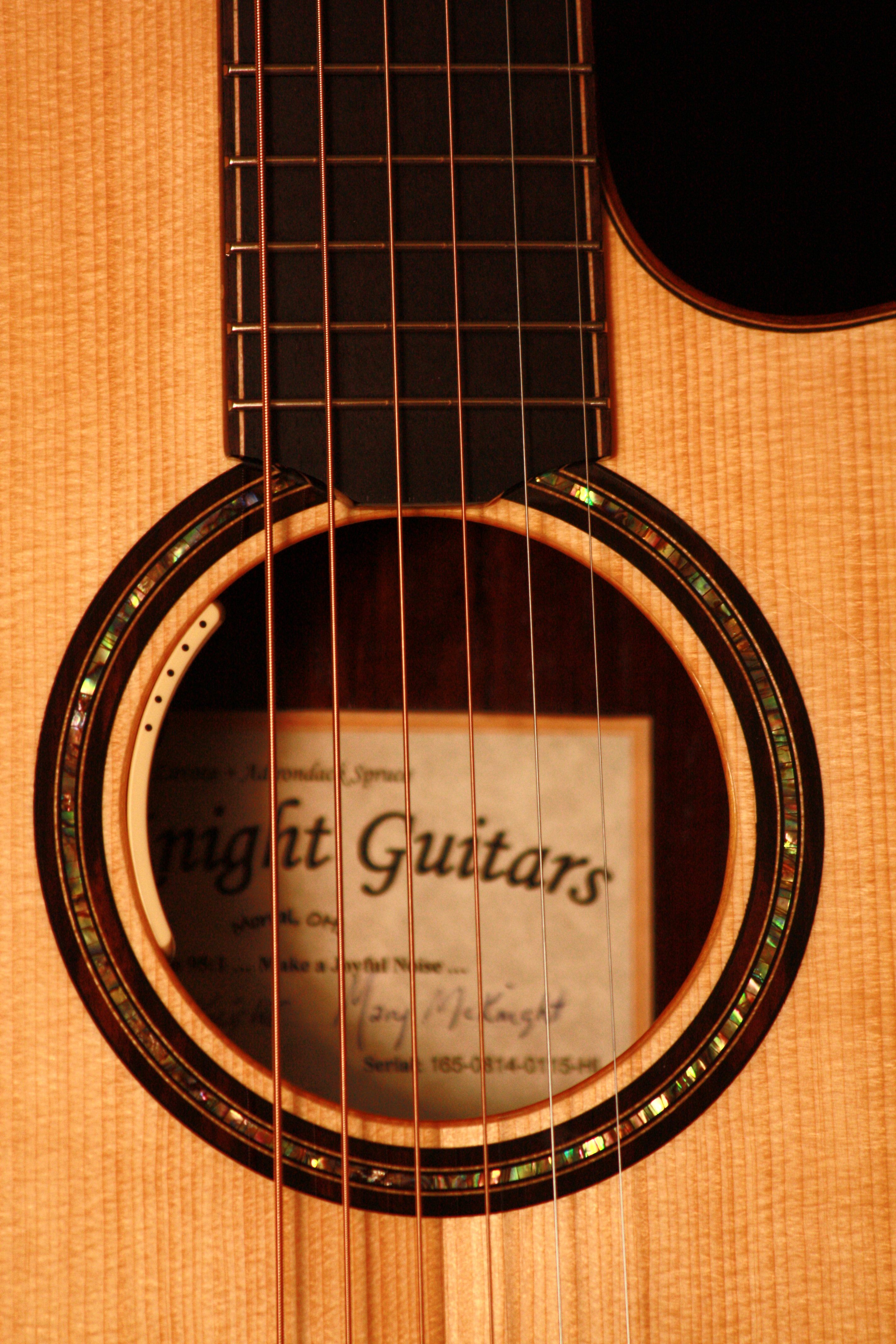
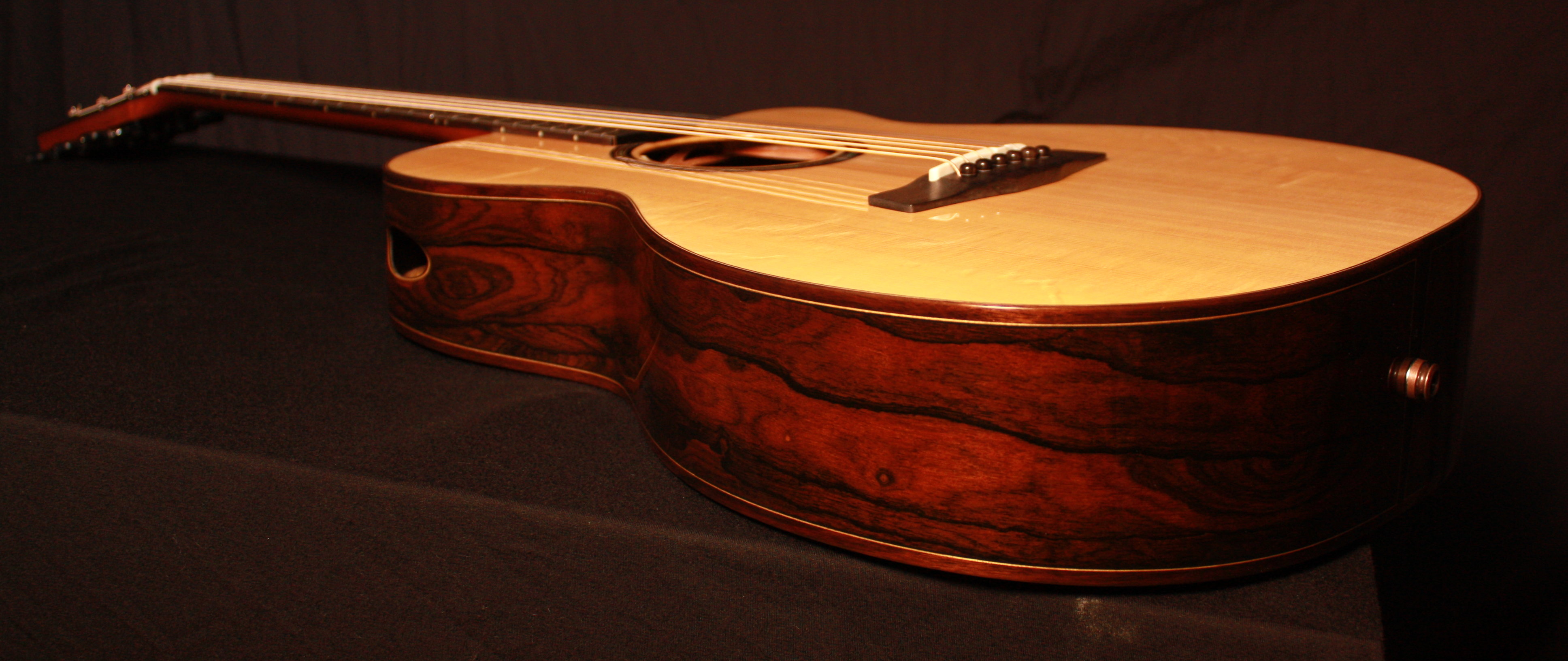
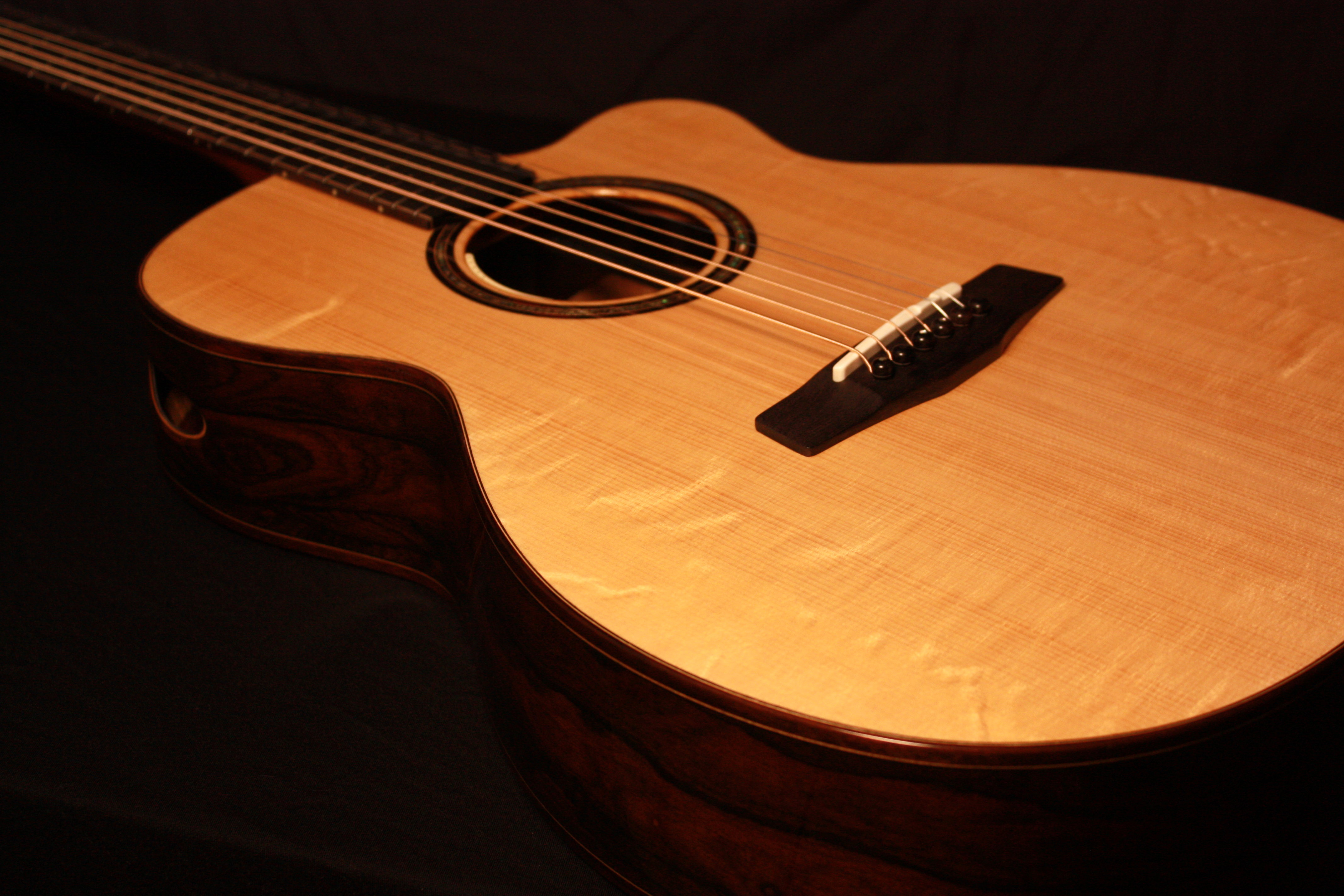
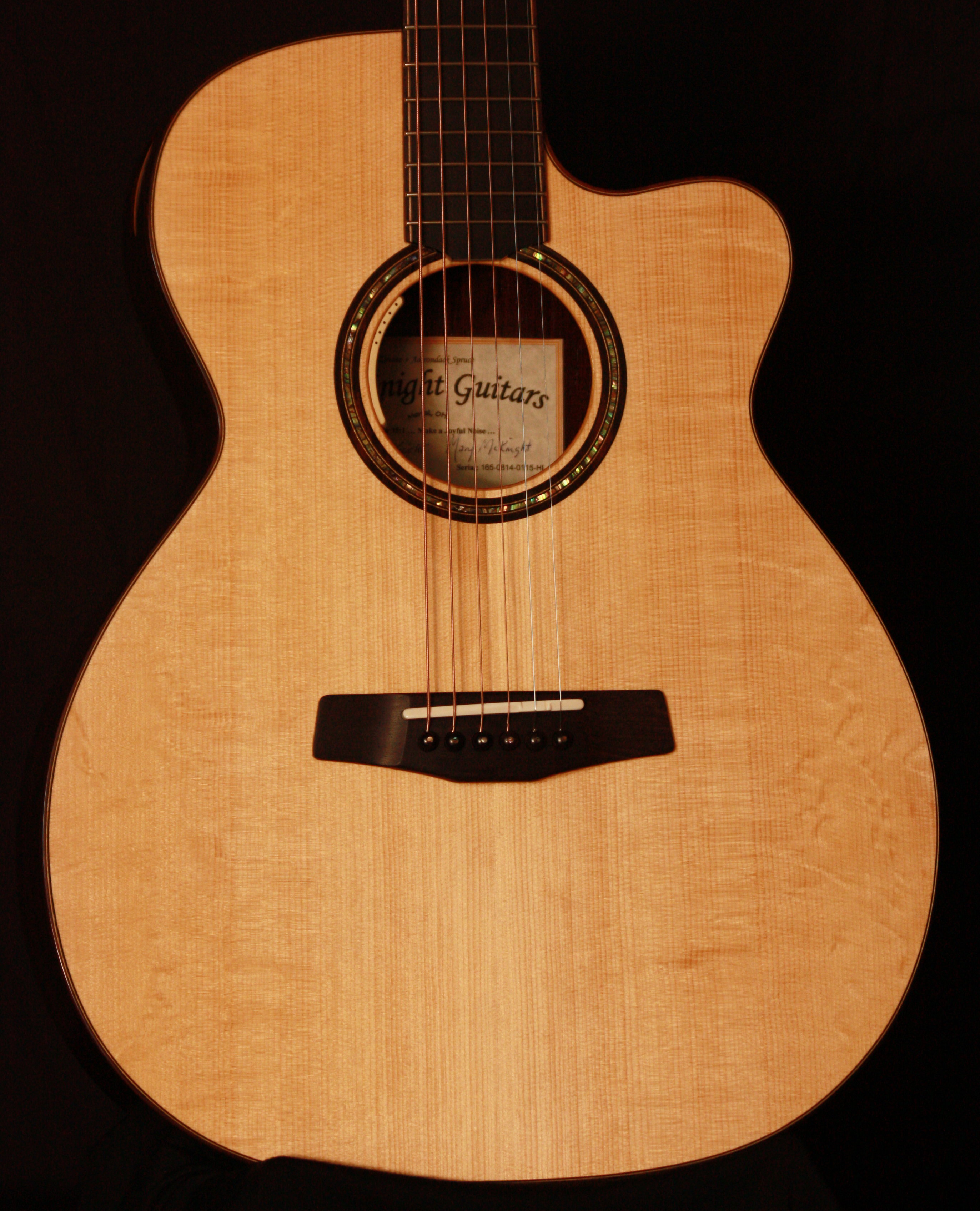
January 19, 2015
Tom Dooley, www.facebook.com/dooleywoodworks, is a fine woodworker who I came in touch with when he contacted me for shellac flakes. This was quite a few months back. Well, he recently sent me a write up and some photos of his most recent project. Here is what he had to say:
“Finally the pictures of the converted Victrola Cabinet I did with orange shellac flakes and Orange Royal Lac.
I have been mixing and using shellac flakes as well as off the shelf shellac for many years and often find the major brand flakes and cans of shellac old which caused issues in mixing, applying and drying. As a professional furniture maker as well as antique restoration specialist, quality of the finish is paramount to the overall look of the finished piece. I have to say, Shellac Finishes flakes are the freshest and finest quality shellac flakes I have found on the open market. Polishing and brushing are a breeze and bodies nicely. French Polishing as well as padding this finish goes on smoothly and evenly and is economical because how far this shellac can be stretched.
I chose to use Orange Royal Lac on the top of this piece because of it`s high durability. This is a Godsend because my old finishing schedule was to topcoat shellac with nitro lacquer. Now I don`t have to be subjected to the noxious fumes of lacquer. Other than the odor, which is pleasant, I find no difference in the application of Royal Lac vs mixed shellac flakes. I love both of these finishes! It has made a world of difference in my operation. Thanks Vijay!”
Tom Dooley
Antique Furniture Laboratory
www.facebook.com/dooleywoodworks
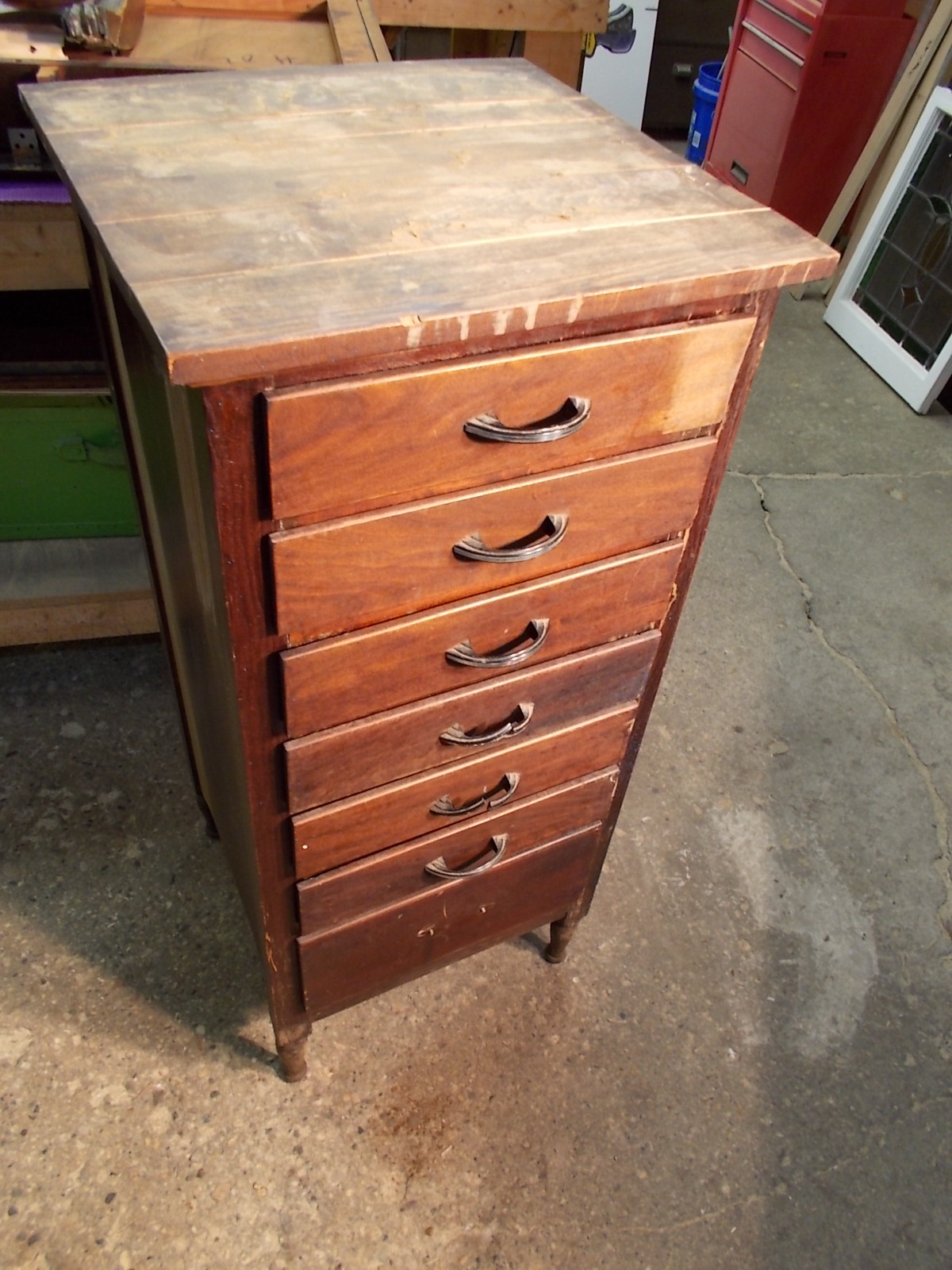
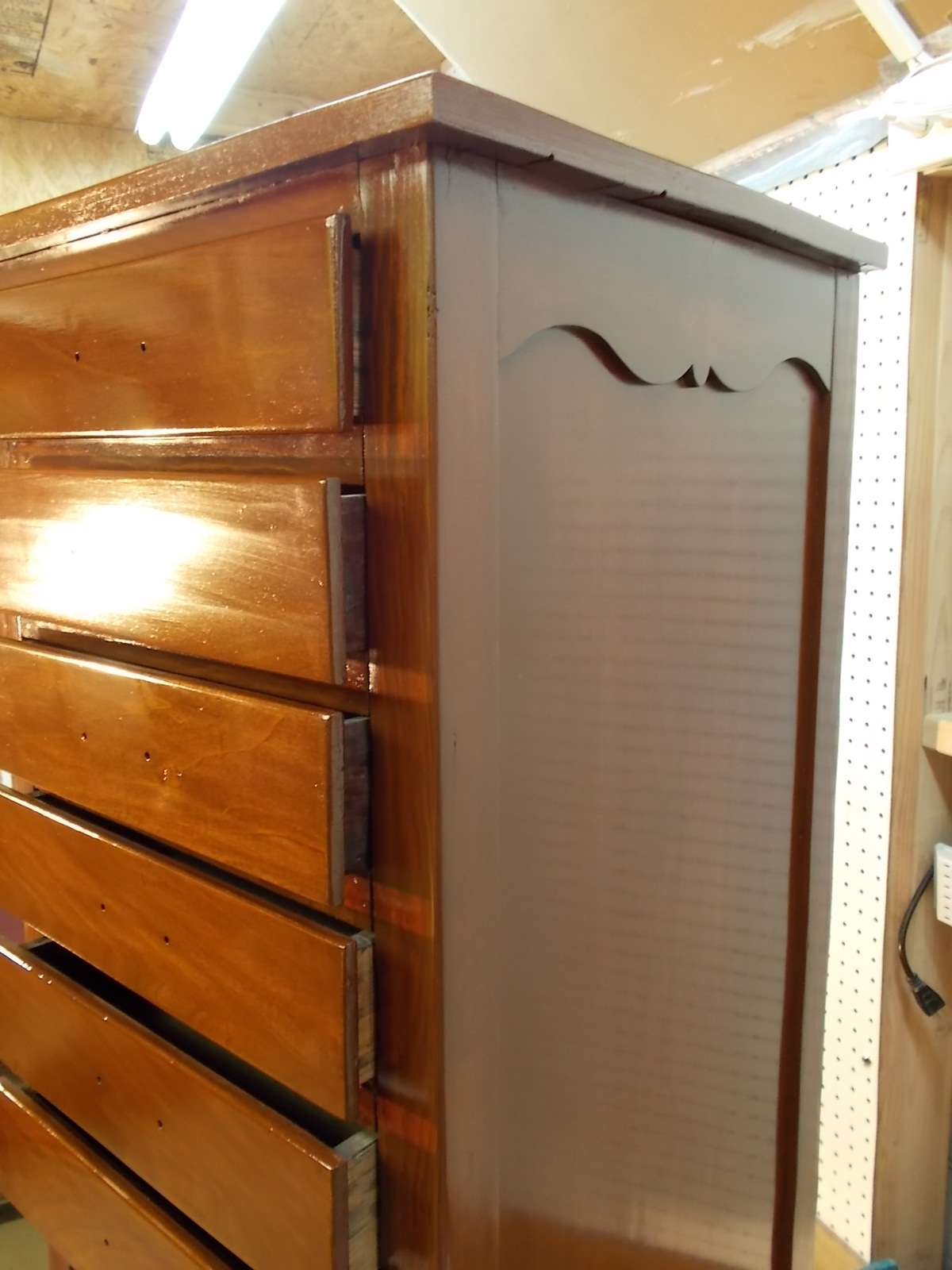
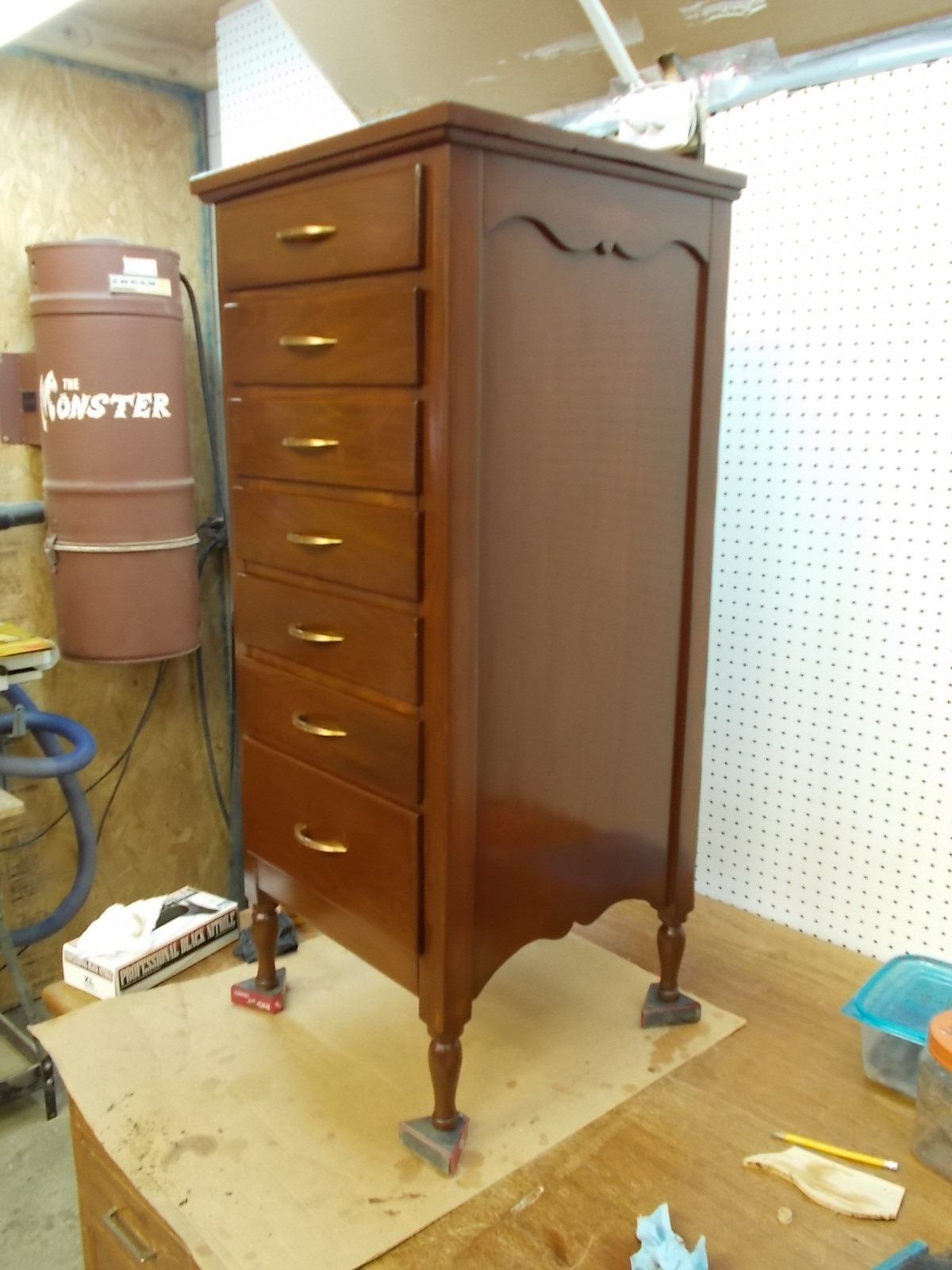
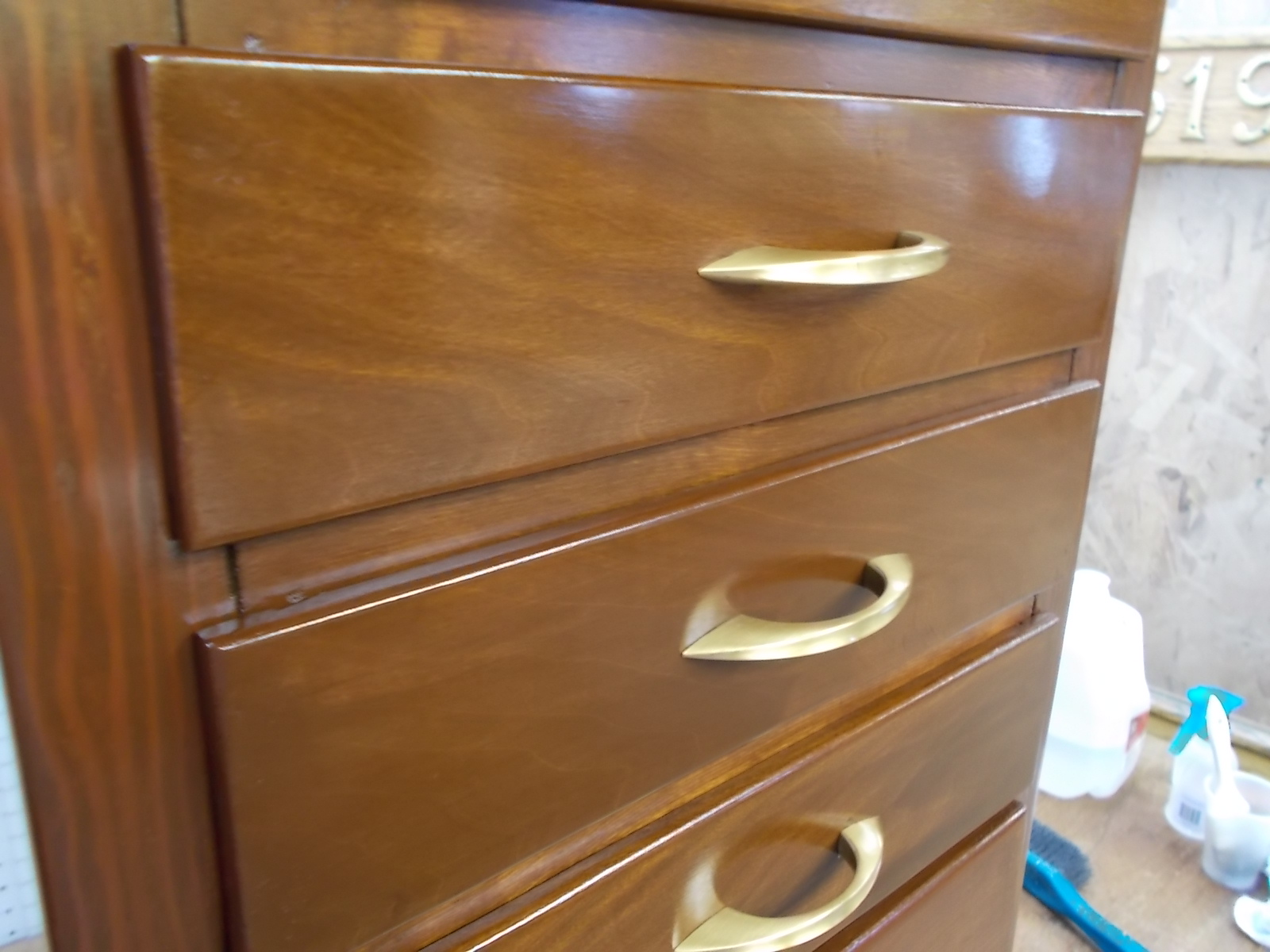
January 20, 2015
Today was a great day!!
My customer, David Wren, http://www.wrenguitarworks.com/, sent me a short video showing how he used Royal-Lac for French polishing his guitar. Short sweet and simple indeed. Here is the link: https://www.youtube.com/watch?v=B3F_QOwmPmo
The video is also featured on the Video page on my website, www.shellacfinishes.com.
After viewing the video, I had a few questions for him. Here they are with his answers:
1) I am surprised that you don’t get imprint of the cloth when clamped. For how many minutes can you hold it like so?
Answer from David: I usually hold the guitar in the “Troji” for a total of 20 minutes while I so a session on both the treble and bass sides
2) You did not show how you got rid of the oil. Could you please tell me?
Answer from David: I find that when using a non-drying oil like olive oil that I can just wipe the oil off at any time between sessions (or even just before I start a new session) with a fad that I keep for that purpose (i.e. one that I never put oil on, and change the covering often). With drying oils like mineral oil or walnut oil, I find it is important to get the oil off with an hour of the session or it dries too much and can cause adhesion problems … not so with olive oil though.
3) Did you buff it after oil removal and how?
Answer from David: After the last session, I wait 4 weeks, then micro-mesh with 3600, 4000, 6000 and 8000 grits, then hand polish with Novus #2
4) This guitar I assume was completed last week. How long will you wait for cure before handing it off to the customer?
Answer from David: After the last session, I wait 4 weeks to cure, then there is a week of assembly/fret work/setup, then a week to settle in my shop … then to the customer … so 6 weeks after the final session it is usually in the customer’s hands

